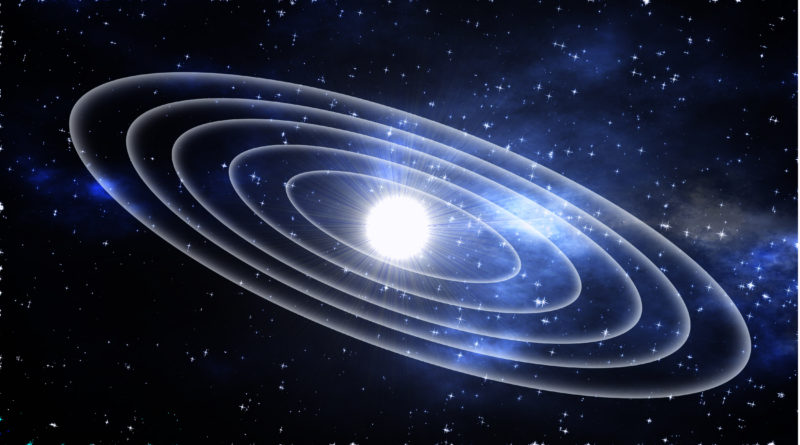A New Planet? Here’s What Astronomers Just Discovered
9,521 total views, 1 views today
When you learned about the planets in elementary school, you were probably taught that Jupiter is the largest planet in the solar system. You can probably imagine astronomers’ surprise when they discovered a new planet that’s three times the size of Jupiter.
No, the solar system doesn’t have a surprise giant tenth planet (or ninth, given Pluto’s rocky status as a planet) to which scientists have been oblivious for years. This massive new planet, which astronomers have named HR 5183 b, orbits around a star 100 light-years from the sun, in the constellation Virgo. The new planet’s orbit is just as unexpected as its size: Whereas most planets have symmetrical, circular orbits around their stars, HR 5183 b has an asymmetrical, egg-shaped orbit. Astronomers have described this orbit as “extreme.”
To understand how unusual an asymmetrical, egg-shaped orbit truly is, consider how this planet would move around the Sun. If HR 5183 b orbited the Sun instead of a random star in Virgo, its orbit would intersect that of Neptune, Saturn, and Jupiter. None of the nine bodies in the solar system have overlapping orbits.
The astronomers who discovered HR 5183 b remain as surprised about its existence as when they first found it. Among the language used in the research paper detailing the discovery were planetary descriptions not often seen in scientific literature, such as “wacky object.” The paper also compares the planet’s orbit to the decidedly non-astronomical term “whiplash,” since the planet’s orbit speed increases close to its star and decreases far away from its star (whereas common circular orbits result in a constant revolution speed).
Although HR 5183 b presents some extreme exceptions to many longstanding rules about planetary orbits, it’s not the first planet to deviate from normal orbit patterns. According to Sarah Blunt, the paper’s lead author, elliptical orbits similar to that of HR 5183 b have been seen before. What sets the new planet apart is that it continues to orbit its star at vast distances previously not observed with other celestial bodies. Blunt additionally theorized that the planet’s bizarre orbit is the result of some other celestial body interacting with it or exerting an orbital force on it – and then disappearing from that star’s solar system.
Despite the excitement and intrigue surrounding HR 5183 b, scientists have technically not observed it directly. Instead, Blunt’s team deduced its size and orbit by tracing what they describe as minute “wobbles” in light from the host star. These wobbles, the paper explains, could only be caused by fluctuations in the gravitational pull of an orbiting planet such as HR 5183 b. Thus, astronomers can work backward from this information to determine a planet’s orbit, as they did with HR 5183 b.
The unprecedented orbit of HR 5183 b means that one year on the planet lasts as long as 74 years on Earth. This orbit also affected the researching astronomers’ time: The planet took 10 years of work to discover, but the excitement defining the paper suggests the wait was worth the while.

